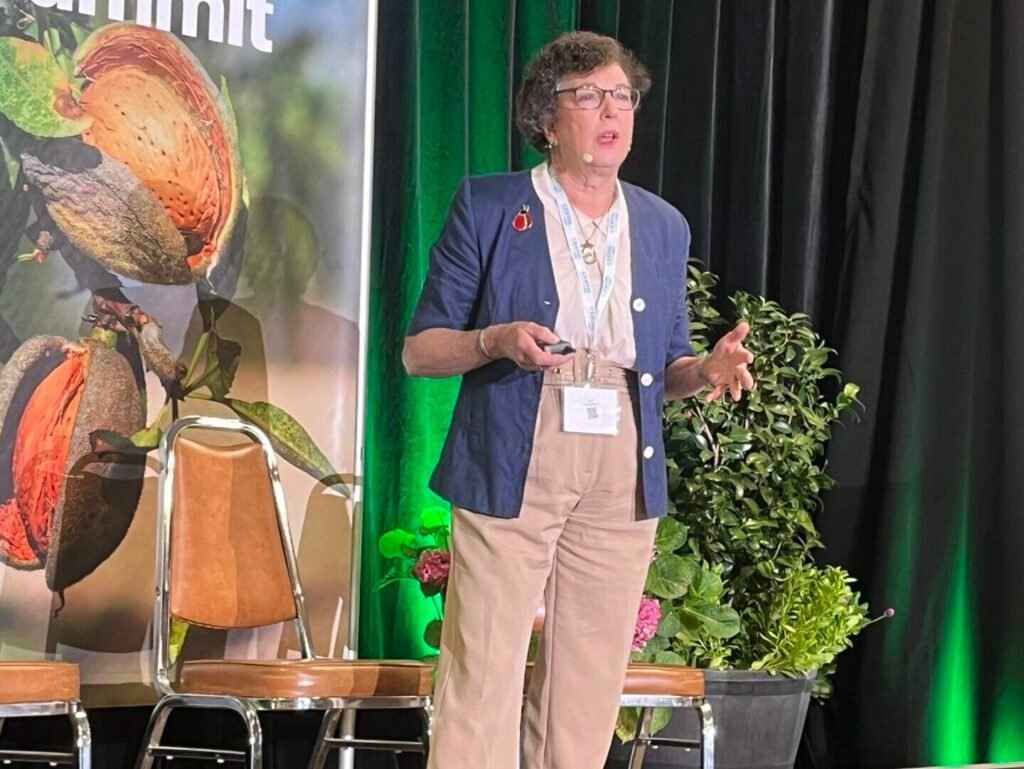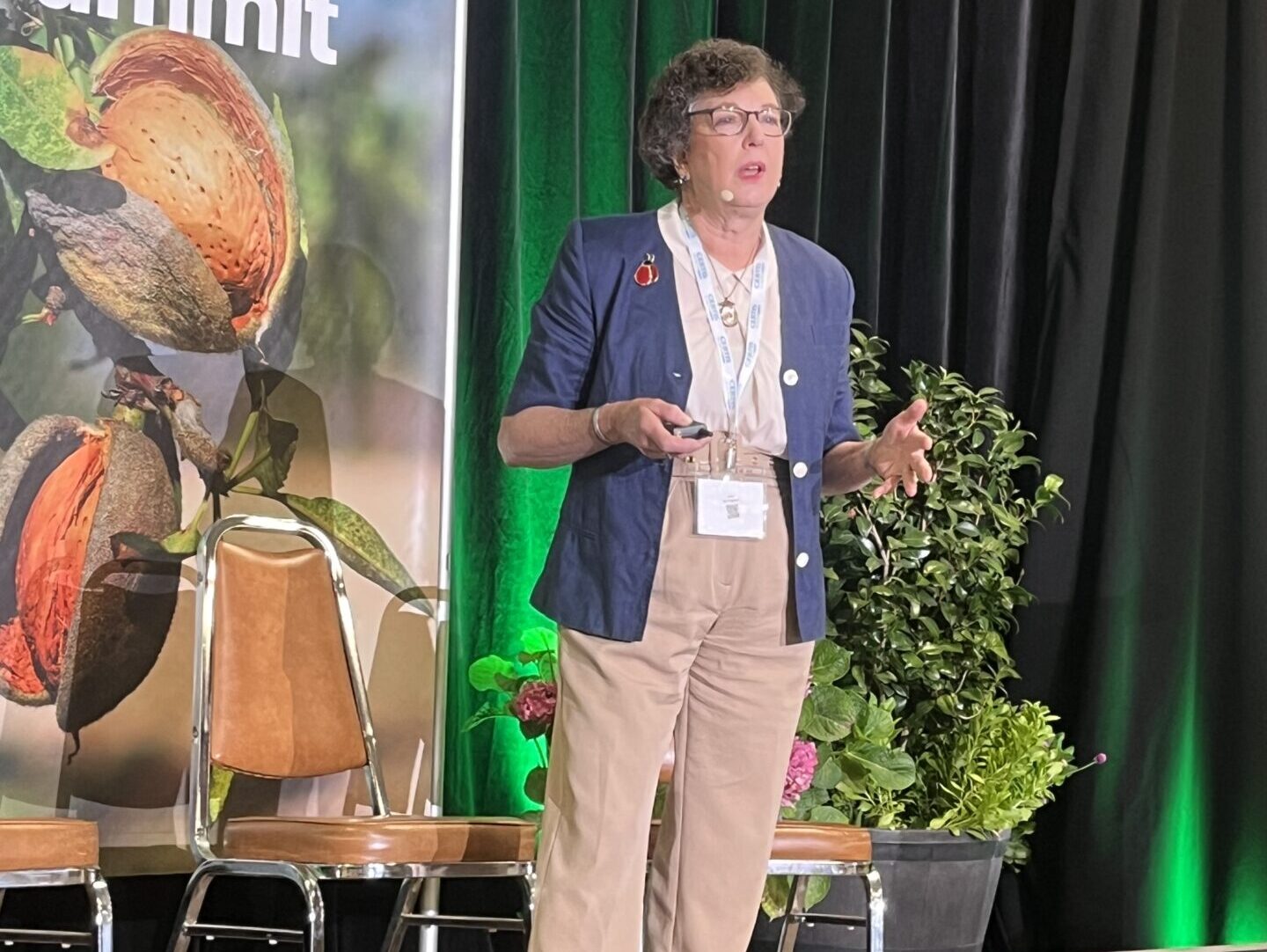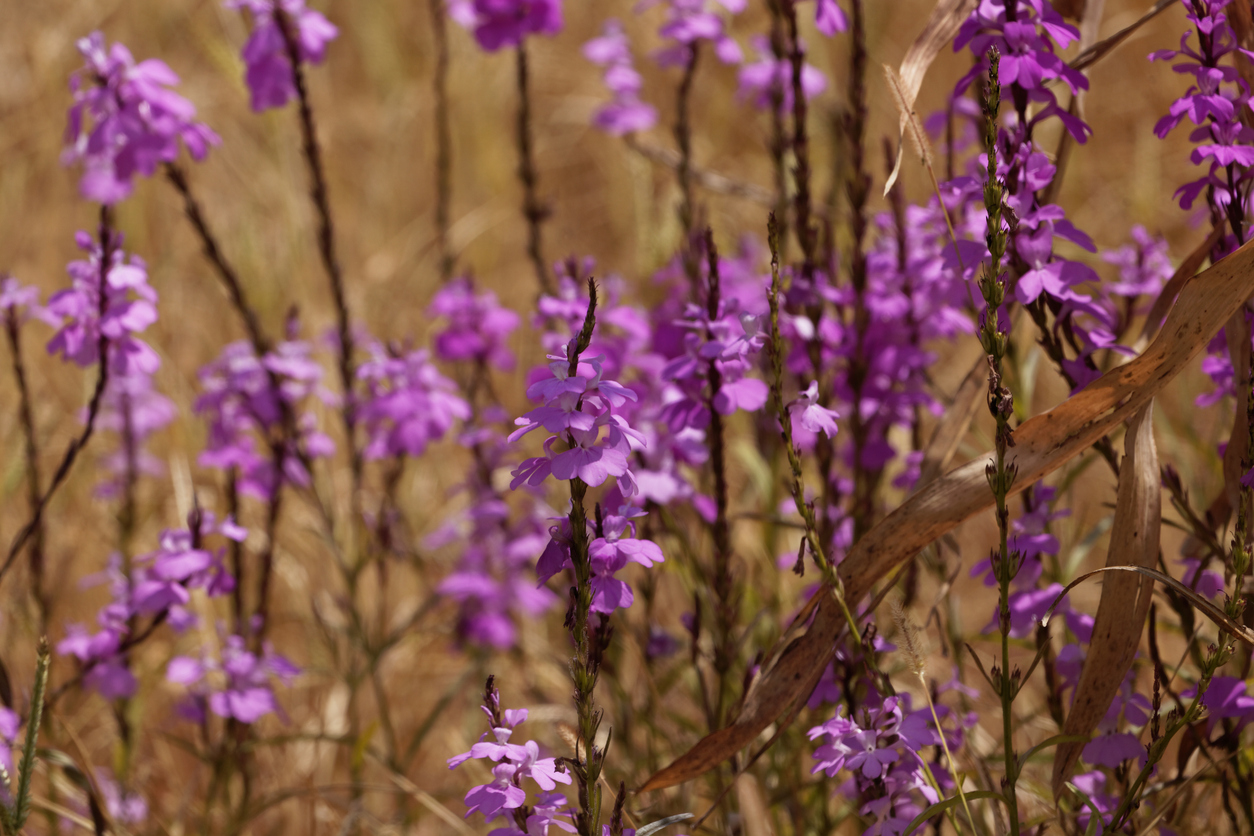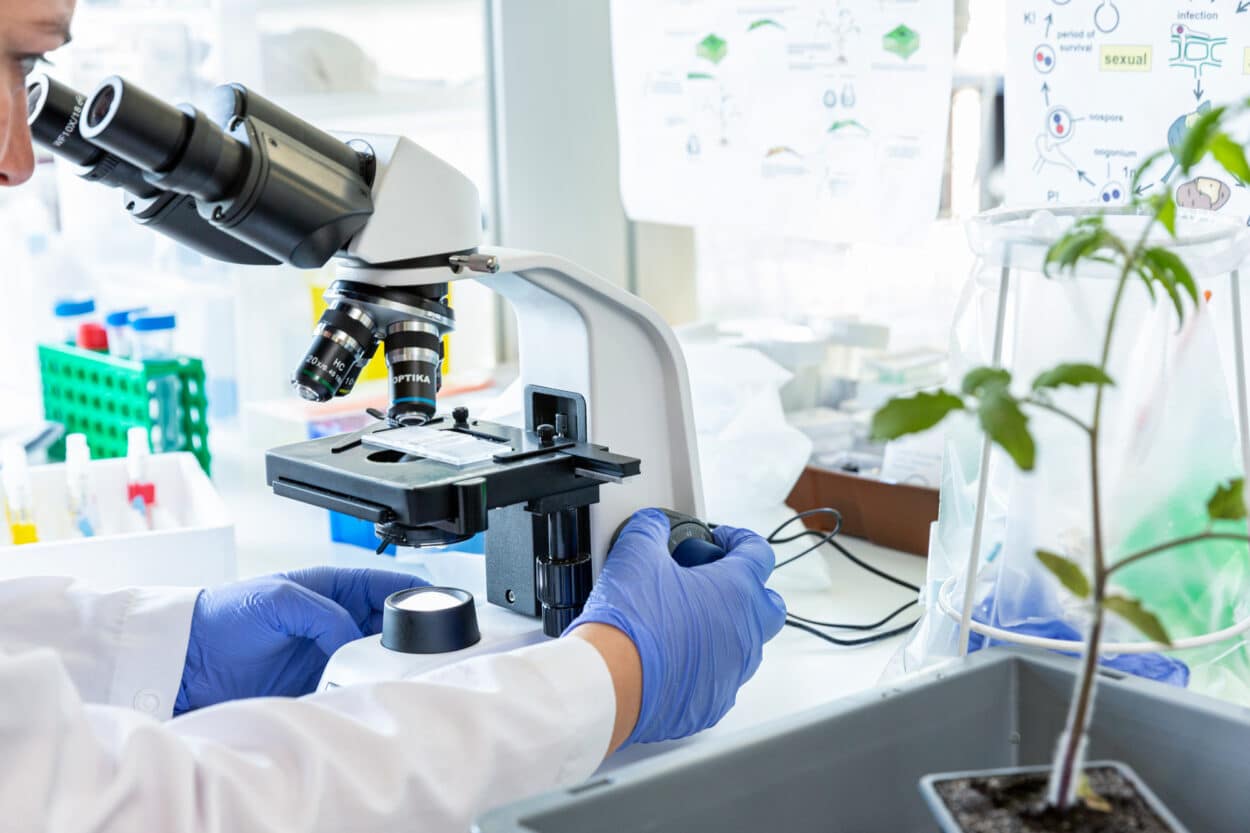
In theory, the rise in herbicide-resistant weeds and uptick of regulations banning various chemicals would create the perfect scenario for a bioherbicide adoption boom in agriculture.
In reality, growth of the bioherbicide sector lags behind other areas in the ag biologicals space such as biopesticides and biofertilizers.
One of the biggest reasons for this is cost related, says Dr. Pam Marrone, an early trailblazer for ag biologicals who is now cofounder and executive chair of the Invasive Species Corporation.
“It’s the technical challenges of getting something that can compete with low-cost herbicides,” she tells AgFunderNews.
Conventional herbicides like glyphosate typically cost growers less than $10 per acre. For biologicals players, startups or otherwise, the challenge is making a product that can match that low cost while simultaneously boasting the efficacy of, say, Roundup.
“The whole ag industry has struggled to crack bioherbicides, not just startups,” Dr. Virginia Corless, CEO of startup Moa Technology, tells AgFunderNews.
“Cost is certainly an issue—scaling-up production at a cost acceptable to farmers is a challenge across the biological category. But the real problem has been finding bioherbicides capable of doing a really good job in the field.”

Herbicide-resistance on the rise
Weed management has been a top challenge for farmers since the dawn of agriculture. In recent years, however, the conversation has shifted to the growing number of weeds now resistant to traditional herbicides.
Recent estimates have found more than 500 unique cases of herbicide resistant weeds globally; these weeds have evolved resistance to 21 out of 31 known herbicide sites of action and to 168 different herbicides.
Some believe this resistance could drive greater adoption of bioherbicides.
Unlike synthetic herbicides, bioherbicides are derived from biological agents such as microbes or plant extracts. They typically target essential plant processes and pose fewer risks to non-target organisms than a chemical herbicide like glyphosate.
They can be based on microorganisms like bacteria, viruses, and fungi, or parasitic insects such as the painted lady butterfly.
Hundreds of bioherbicide substances have been investigated and dozens of patents filed in recent years. And while they remain a small drop in the overall crop protection bucket (holding less than 10% market share), some believe that’s starting to change thanks to new technologies seeping into the ag biologicals space.
Biological amplifiers ‘a vast market opportunity’
All herbicides have to meet specific requirements, says Corless: control weeds safely, effectively, and reliably, at very low use rates, in a wide range of agronomic conditions.
“Achieving that is tough enough when you can optimize a molecule, but it’s even harder when you are limited to using substances exactly as produced in nature—especially when many natural substances that could control weeds well are also toxic to people or wildlife,” she says.
In 2021, Dr. Corless joined Moa Technology, an agricultural biotech firm that says it’s found around 80 novel modes of action (also called MoAs) in the last few years via its GALAXY screening platform.
In the course of this work, scientists at Moa have also discovered a class of “amplifier” molecules.
While not herbicidal on their own, these amplifiers can work in coordination with herbicides, potentially allowing farmers to reduce usage of the latter.
“Farmers could use lower rates of herbicide on their crops when mixed with an amplifier, or they could decide to use a herbicide plus amplifier to break a particular tough population of resistant weeds, or to extend the spectrum of different weeds that a herbicide is effective against,” explains Corless.
“We are excited about the prospect of biological amplifiers helping to reduce synthetic chemical usage.”
For IP reasons, Moa does not publicly release the technical details on how these amplifier molecules function. However, Corless suggests there is real potential for these biological amplifiers to reduce synthetic chemical usage on the farm.
Moa recently entered into a partnership with agricultural services company Gowan to “develop a new amplifier for a specific active ingredient.”
“We have had a lot of interest from potential industry partners who can see the vast market opportunity for amplifiers,” says Corless.
She highlights the opportunities for agrochemical companies, in particular, when it comes to managing product lifecycles, in addition to the assistance amplifiers could provide to farmers and the environment.
“Gowan immediately recognized these opportunities, which came as no surprise to us as they have a great reputation for deploying science in smart ways that solve problems for farmers, and that’s exactly the kind of partner we want.”

Mycoherbicides for smallholders
In some parts of the world, synthetic herbicides like glyphosate are expensive and impractical. Such is the case for many smallholder farmers in Africa fighting the Striga pathogen, for example.
The Toothpick Project began in Kenya to address this and bring more biotech to the continent. It has developed a mycoherbicide technology it currently uses to fight Striga, which attacks important staple crops like corn, sorghum, rice, and sugarcane—to the tune of billions in losses each year.
Each Striga plant can deposit thousands of tiny seeds in the soil each season, and these can sit dormant for decades, Clair Baker, director of The Toothpick Project, tells AgFunderNews.
“Even if you kill the weed, it is ready to come back the following season,” says Baker.

The Toothpick Project leverages Fusarium oxysporum, a fungal pathogen that occurs naturally in soils. The team started out culturing strains of this pathogen, which it then transferred to sterile wooden toothpicks. Toothpicks were then distributed to smallholder producers in Kenya, who mixed it with cooked rice to make a live fresh inoculum to plant with maize seed.
Two years ago, the same fungal strain was approved in a seed coating application that can simply be applied to a seed prior to planting, according to Baker.
“We can now sell the small packets at village agrovet shops, at farmer field days, and through distributors and NGOs.”
This past April, the Global Innovation Fund gave an “Early Test & Transition” grant to The Toothpick Project for Kichawi Kill. The funding will allow the project to scale up its operations beyond Kenya’s borders, in places such as Nigeria and Tanzania, where Striga impacts more than 20 million people, says Baker.
Longer term, Baker and team are eyeing the US, too.
“The seed coating innovation is shelf stable and affordable—this opens the doors for the day when we eventually develop a bioherbicide for use in the US agriculture systems,” she explains.
“I have farmer friends in Montana who have pushed hard for US development. If anyone with patience wants to write a check to help us launch, they should step forward because a lot of farmers are waiting.”

‘Control is the number one complaint’
While the number of startups working on bioherbicides pales in comparison to other ag biological categories (biocontrols, biofertilizers), there are several other notables.
BindBridge is using molecular glues (small molecules that enable interactions between proteins by bringing them together) to find molecules that could kill weeds.
MicroMGx has developed a platform that mines microbes to look for metabolites that can combat weeds.
WeedOut‘s herbicide comes in the form of a novel weed pollen applied during the weed flowering period to prevent the generation of viable resistant weed seeds. The company says it has successfully tested its technology on Palmer Amaranth in the US and Israel.
Meanwhile, Dr. Marrone suggests the widespread use of AI and ML technologies nowadays could play a critical role in helping other bioherbicide concepts see the light of day.
“All of the new tools we have in machine learning, AI, genome mining, bioinformatics save huge amounts of time and resources,” she says.
“This is the kind of thing that can be applied to all kinds of new discovery with microbes now.”
Case in point: Micropep recently showed off its AI-powered platform it claims will accelerate the process of discovering new micropeptide-based biocontrols.
Dr. Marrone also highlights less tech-centric tactics that would fall easily into the regenerative agriculture realm, and are popular in the EU, which has much stricter regulations around what gets applied to crops.
“Control the weeds before they set seed. Get rid of the seed bank. Soil health practices can reduce weeds, too.”
While the US is still “very chemically dominated,” there are “a lot of learnings there from Europe that can be applied to the US to make more sustainable weed control systems, which we do need in the US because of resistance.
“Every organic farmer I talked to in the US would love better, lower-cost solutions,” notes Marrone. “Control is their number one complaint.”
The post Where’s the progress in bioherbicide development? Industry players weigh in appeared first on AgFunderNews.




